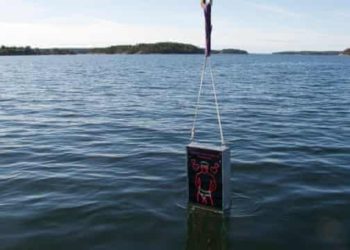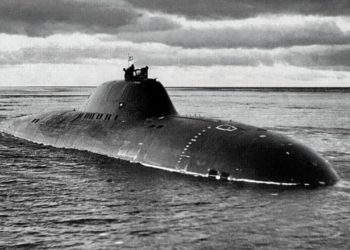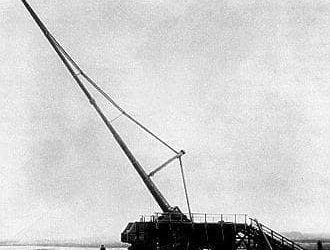Operation “Hannibal”: Germany’s Largest Sea Evacuation
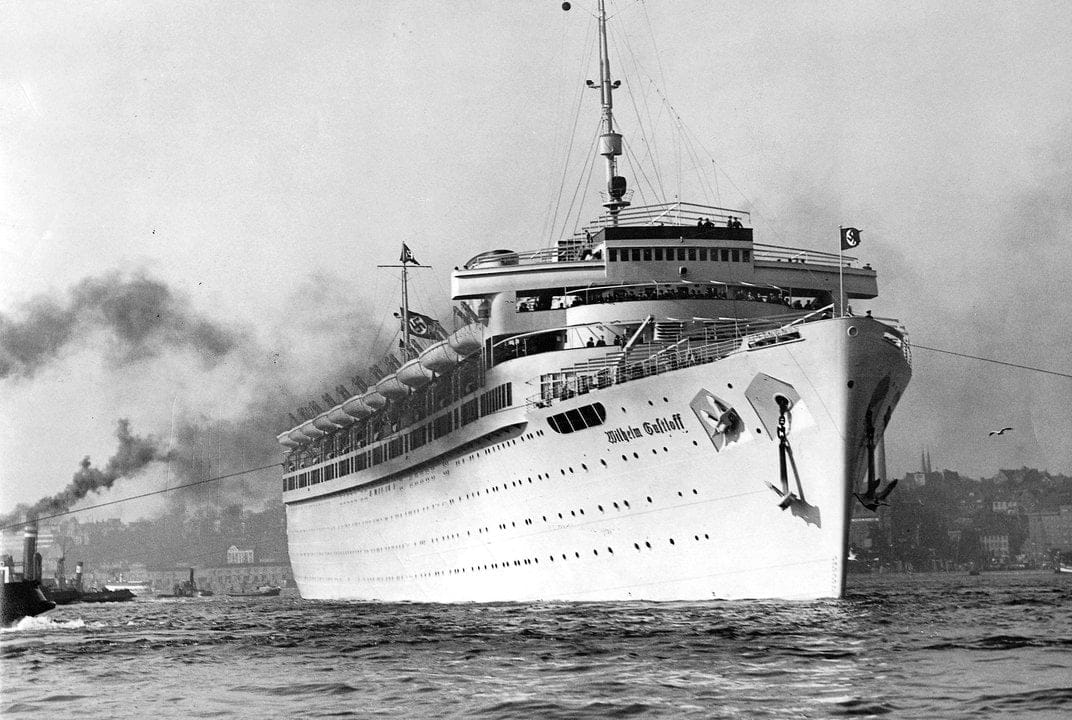
Operation “Hannibal” was a significant event during the late stages of World War II where Germany mounted a massive sea evacuation effort similar to the British evacuation at Dunkirk. By late 1944 and into 1945, it became painfully obvious that the Red Army was poised to steamroll its way into Germany.
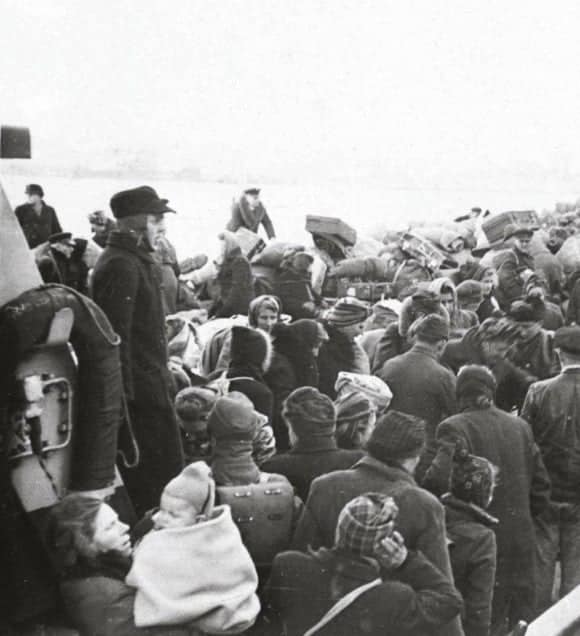
The East Prussian Offensive
The East Prussian Offensive by the 2nd and 3rd Belarusian Fronts had been very successful for the Soviets. By February 1945, hundreds of thousands of German soldiers and civilians were trapped in East Prussia, West Prussia, and Pomerania. With Soviet forces cutting off all escape routes overland, Grand Admiral Karl Dönitz devised a plan similar to what the British had executed a few years earlier at Dunkirk.
Using the Kriegsmarine’s shipping department, Dönitz planned to evacuate the trapped soldiers and civilians via the Baltic Sea. However, unlike the British evacuation at Dunkirk, the Kriegsmarine faced a severe shortage of ships and men. By 1945, the German fleet was a mere shadow of its former self, with most of its surface ships lost over the course of the war.
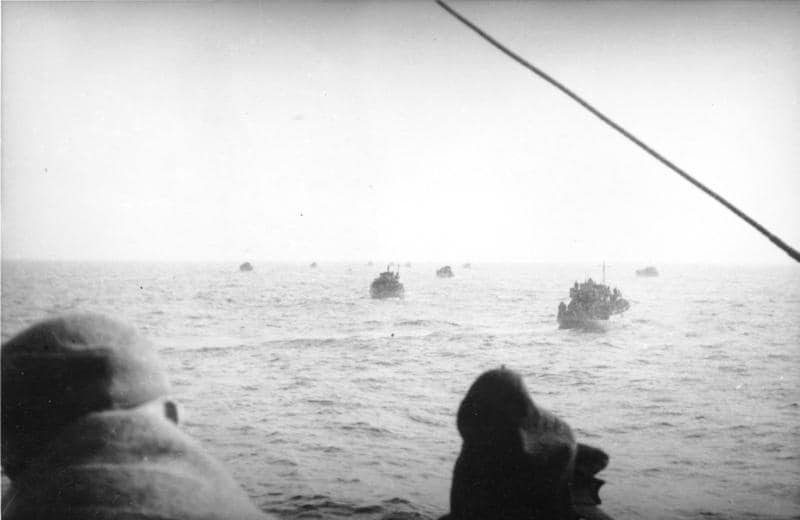
Challenges and Execution
The vessels they were able to acquire for Operation Hannibal were either small fishing trawlers or ocean liners in dire need of maintenance. The Baltic Sea swarmed with Soviet submarines and mines, while the Luftwaffe was in no position to provide any air cover. Despite these daunting challenges, Dönitz gave the green light to the operation, and one of the largest evacuations by sea began on January 23, 1945.
Thousands of civilians, soldiers, and their equipment began to flood the few ports still open in a desperate attempt to flee the advancing Red Army. Larger vessels were loaded up to two or three times their capacity before making the westward voyage. Many arriving ports were completely unaware of the operation and ill-prepared to deal with the sudden influx of refugees.
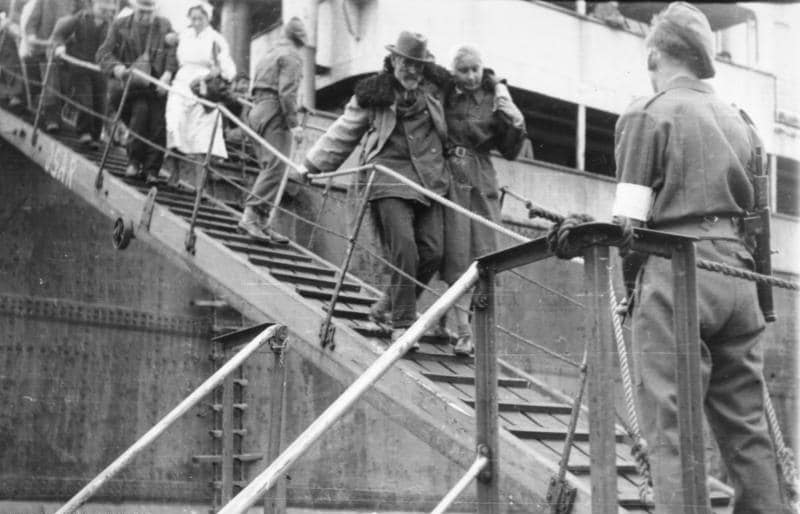
Tragic Losses and Continued Efforts
It was during the early days of the operation that one of its biggest disasters occurred. The liner Wilhelm Gustloff was torpedoed and sunk by the Soviet submarine S-13 after leaving the port of Gdynia, killing 9,600 people onboard. Just over a week later, the SS General von Steuben was also sunk by the S-13. The loss of such large vessels dealt a huge blow to Hannibal, but the evacuations continued up until a week after Germany’s surrender.
Despite these losses, Operation Hannibal was ultimately seen as a success. It is believed that the Kriegsmarine saved up to 2 million people over the 15-week operation, including 350,000 military personnel.
~ NC




